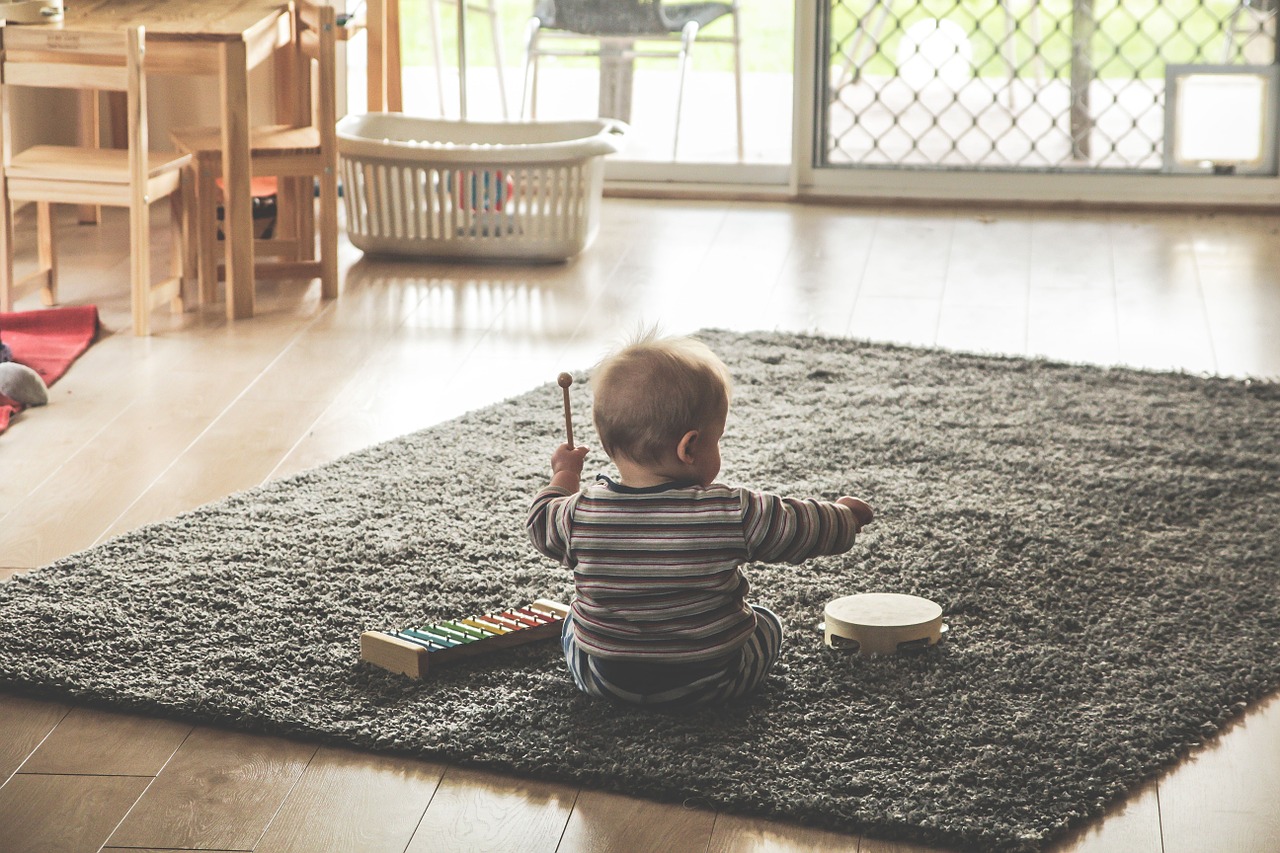Gestures, facial expressions, rhythmic movements such as playing and singing are frequently associated with music for young children. It’s not an accident! Because these intricate musical compositions encourage the interaction of the senses. Rhythmic-musical education, in particular, promotes children’s development in a holistic and child-friendly manner. The rhythm is presented in the following article, as well as possible questions from parents about their children’s musical development.

Many parents believe it is critical to encourage their children’s musicality as early as possible in their lives. Is rhythm’s offer appropriate for this? What are the topics and focal points that are addressed in a rhythmic manner? What exactly does a rhythm offer entail? At what age is it appropriate for children to begin participating? The following data can assist parents in making an informed and child-friendly decision.
How did rhythm come about?
Emile Jaques-Dalcroze (1865-1950), a Swiss music teacher, discovered that his piano students could play the music better on their instrument if they first translated the rhythm or length of a melody into movement. He developed “rhythmic gymnastics” as a result of this, but it changed over time in the field of acrobatic gymnastics and no longer has any substantive links to rhythmic education. Many directions arose from Jaques-time Dalcroze’s as a teacher at the Dresden / Hellerau educational institution, including expressive dance, gymnastics, and parts of elementary music education. Rhythmic education was included in the subject canon of Swiss primary schools in some cantons, inspired by the decades of work of Jaques-Dalcroze and the rhythm teacher Prof. Mimi Scheiblauer (1891-1968). Rhythmics can be used with children and adults of all ages, including those with and without disabilities or partial performance disorders, as well as the elderly.
What are the contents of the rhythm?
The rhythmic way of working is based on the understanding that the body and movement are at the heart of all learning. Rhythm encourages holistic learning by involving all of the senses, which are linked together through a variety of tasks and eventually express themselves through movement. The children receive suggestions that they should develop further with their own ideas and in collaboration with other children by listening to music and using simple instruments such as drums, chimes, xylophone, rattles, and interesting materials. This frequently results in something completely different from the original idea, which the children carry out and play in a creative, imaginative, and enthusiastic manner. The rhythm teacher’s “art” of teaching, on the other hand, is critical. You must not only create child-friendly musical and movement play offers but also strike a balance of play and learning offers during lessons that do not tire the children or over-or under-demand them. Lessons should be varied; this does not mean a constant change of topic, but rather a change of games on a single topic. The content is better anchored in the brain through repetitions and variations, and thus forms the basis for extended game versions. Because a child learns best when there is a high level of certainty. Lessons should be varied; this does not mean a constant change of topic, but rather a change of games on a single topic. The content is better anchored in the brain through repetitions and variations, and thus forms the basis for extended game versions. Because a child learns best when there is a high level of certainty. Lessons should be varied; this does not mean a constant change of topic, but rather a change of games on a single topic. The content is better anchored in the brain through repetitions and variations, and thus forms the basis for extended game versions. Because a child learns best when there is a high level of certainty.
What promotes rhythm?
In rhythm lessons for children up to the start of school, the emphasis is on songs and rhymes. They are always taught in tandem with gross and fine motor skills. The sensorimotor integration of music into movement is also important. In rhythmic-musical forms of play, the consistent application of speed, volume of music in motion, switching from one form of movement to another, and reaction to sounds and noises promote sensitivity and motor skills. Rhythm encourages every child’s creative potential through improvisation and experimentation. They experiment imaginatively with movements, language, materials, and simple instruments, and the children gain self-activity and self-affirmation as a result of putting their ideas into action, which benefits personality and intelligence development.
